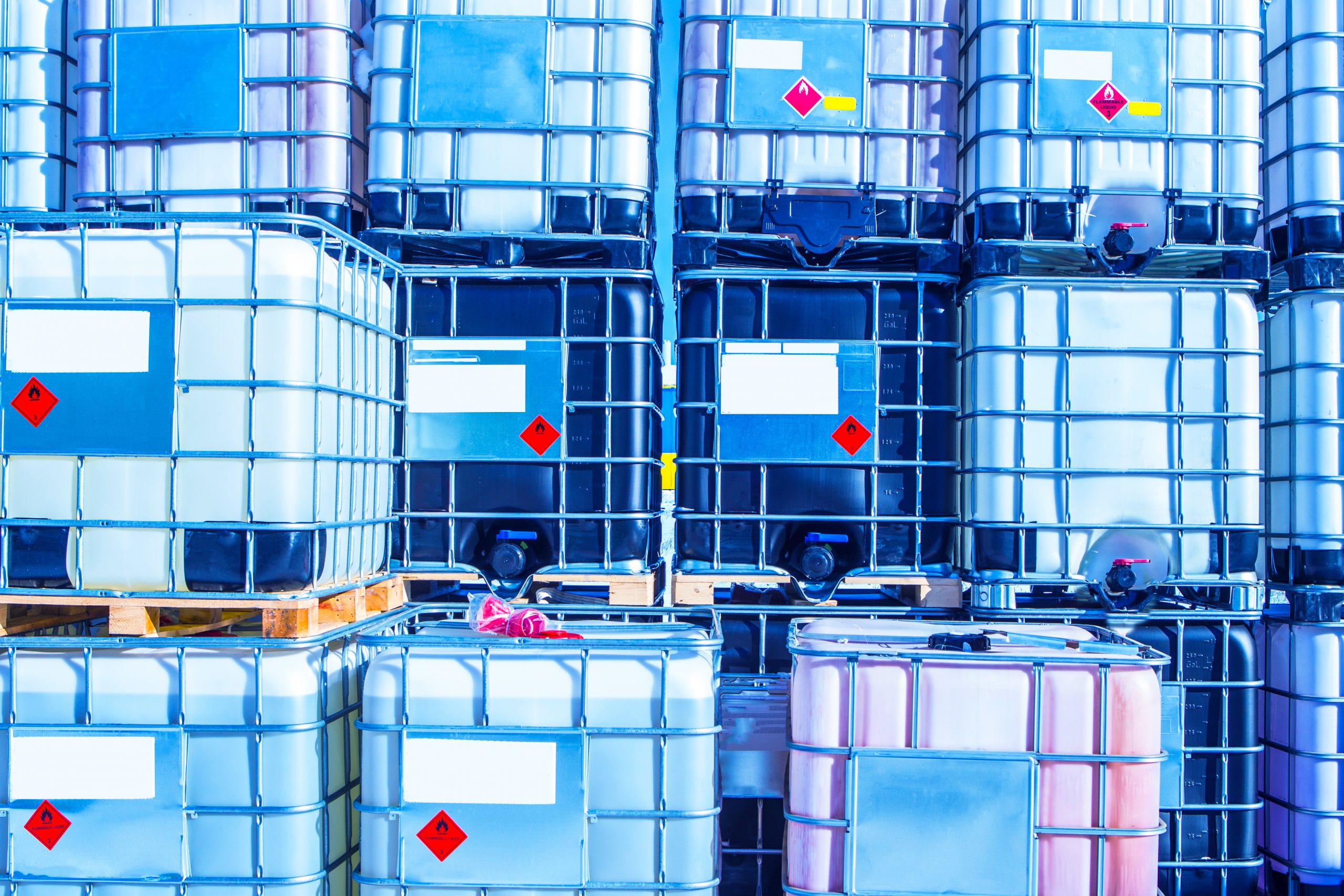It is not only waters that get contaminated naturally and unintentionally, but gas also. Contaminated gases can give potential harm not just to the people but equipment and the environment.
Natural gas must be treated because H2S and CO2 can be corrosive to equipment, tanks, and pipelines. Diethanolamine (DEA) and Methyl diethanolamine (MDEA) are used in the treatment method to remove H2S and CO2 from natural gas before it’s fit for use in various industries (residential, fertilisers, industrial, petrochemicals, commercial, power generation). Natural gas must be treated or ‘sweetened’ because H2S and CO2 can be corrosive to equipment, tanks, and pipelines.

